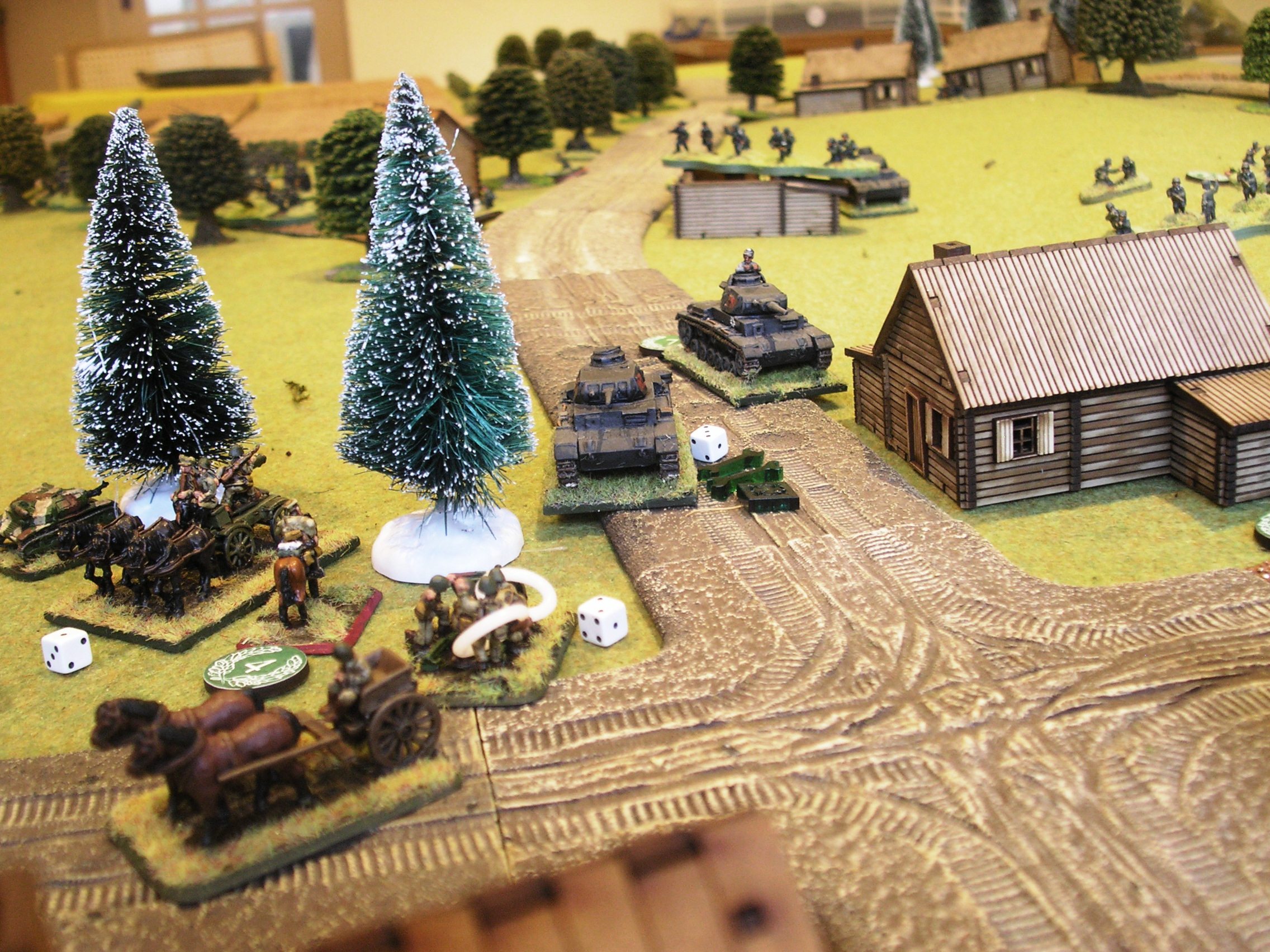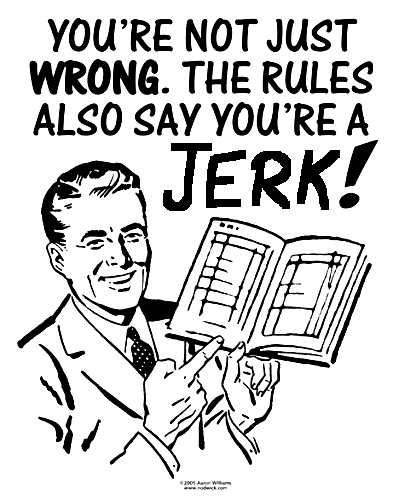IABSM AAR: The Second Battle of Tomaszow Lubelski
/The last week of September 1939 saw a combined “Northern Front” Polish army join the attack towards Tomaszow Lubelski. Due to bad communications between the different Polish divisions, the result was a series of largely uncoordinated attacks by Polish unis arriving from the north-east, launched in the direction of the city only to be shattered wave-by-wave by the German defenders.
This scenario would represent one such attack: with Polish and German forces brawling for control of the centre of the table. Four objectives would be placed there, with each side entering the table and attempting to take and hold them. The game would end after ten appearances of the Turn Card, at which point victory would go to the side that held the most objectives. If, however, one side managed to hold at any point three of the four objectives, then the game would end immediately, with that side wining the battle.
Click on the picture below to see the extraordinary events that followed…





















